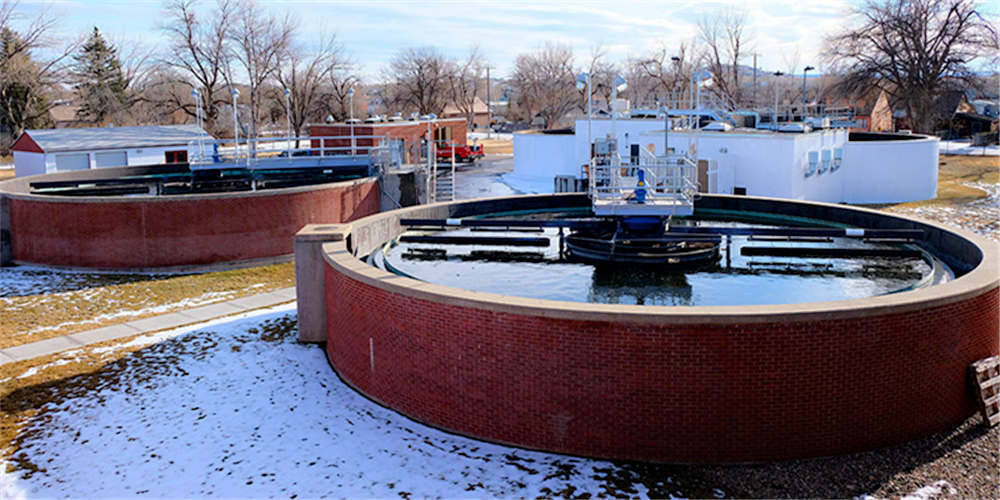
Brewery wastewater is mainly wastewater produced during saccharification, fermentation, brewing and other processes in the beer production process. It has the characteristics of high organic content and good biodegradability. Therefore, the biochemical method has been the preferred method to treat brewery wastewater for a long time. The currently widely used biochemical treatment processes mainly include: aerobic biological treatment (activated sludge method, biofilm method), anaerobic biological treatment, and a combination of aerobic and anaerobic biological treatment. These methods have their own advantages and disadvantages, such as complex treatment process, long HRT, large area, high capital investment, difficult maintenance and management of anaerobic process, and prone to sludge expansion, etc.
Membrane bioreactor (MBR) is a combination of bioreactor treatment technology and membrane treatment technology. It can simultaneously realize the degradation of pollutants by microorganisms and the separation of pollutants by membrane in a compact space, effectively solving traditional brewery wastewater treatment process problem. Compared with the traditional brewery wastewater treatment process, MBR technology has the following advantages:
1. The effluent quality is excellent and stable
The content of N and P in brewery wastewater is low, and the traditional activated sludge process is prone to sludge expansion due to the imbalance of C and N ratio. Membrane filtration technology can efficiently achieve solid-liquid separation, so the effluent is not affected by factors such as sludge expansion in the bioreactor. The effluent SS and turbidity are close to zero, and it can effectively remove pathogenic microorganisms in brewery wastewater.
2. Small footprint
The MBR membrane module replaces the traditional secondary sedimentation tank, simplifies the process flow and reduces the footprint of the device. At the same time, the activated sludge concentration in MBR is higher, which increases the volume load, so that the volume of the sludge concentration tank and aeration tank can be reduced accordingly, making the device more compact.
3. Systematic organic matter degradation and increased nitrification efficiency
Due to the extension of SRT and the retention of the membrane, the microorganisms are completely trapped in the bioreactor, so that the slow proliferation of nitrifying bacteria can grow and reproduce better. At the same time, it can increase the hydraulic retention time of some refractory organics in the system, thus greatly improving the nitrification efficiency and the degradation efficiency of organics.
4. Strong impact load resistance
The beer production wastewater is discharged intermittently, and the water quality and volume change greatly, which often leads to the deterioration of the effluent quality and poor stability of the traditional activated sludge process. While the MBR process due to its higher sludge concentration and membrane filtration technology, can achieve stable effluent even when the influent water quality fluctuates
In addition, the MBR process can realize the complete separation of HRT and SRT, making the operation control more flexible and stable. The quality of MBR effluent can meet the most stringent brewery wastewater discharge or reuse standards. Therefore, MBR has a very broad application prospect in brewery wastewater treatment and reuse.